You’ll often hear artists say that a key way of improving in your art is to fill miles of canvas. Plein Air Convention & Expo (PACE) faculty member Carol Marine agrees — in fact, she wrote the book on it.
Marine is the author of Daily Painting: Paint Small and Often to Become a More Creative, Productive, and Successful Artist (Random House), and 10 years ago she started the popular website DailyPaintworks.com with her husband, David. She’s a firm believer in painting frequently to develop as an artist.
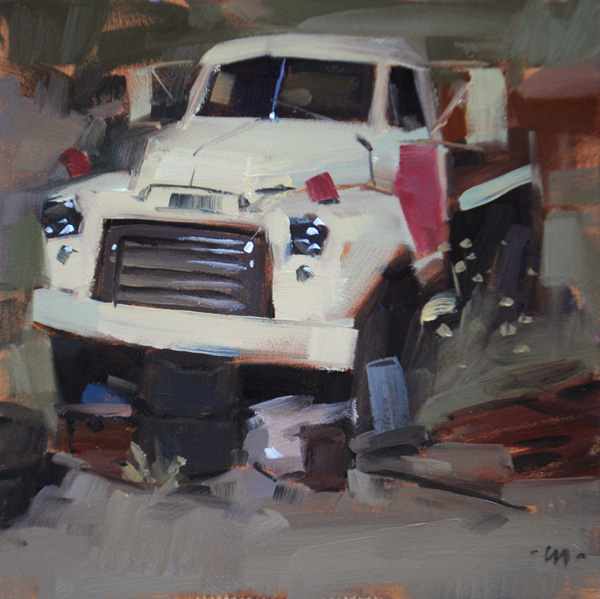
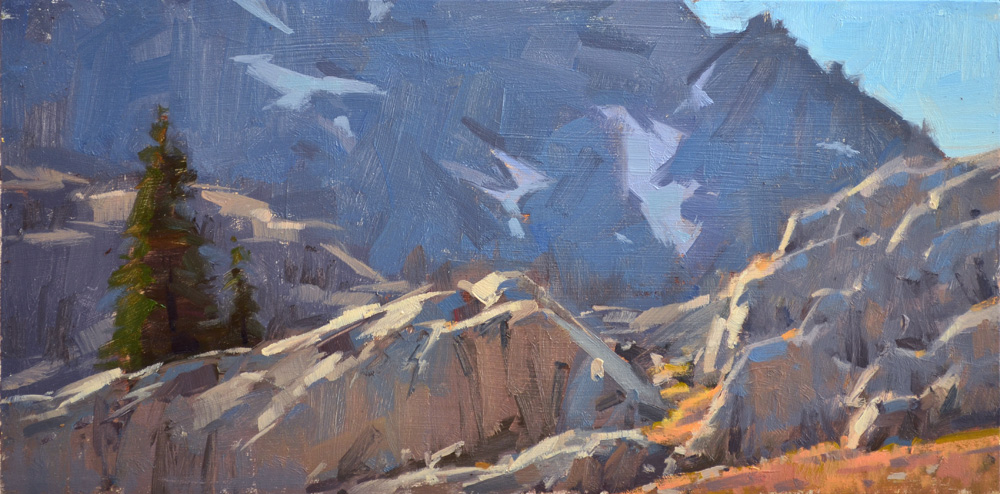
“I absolutely believe that painting a lot is a cornerstone of getting better,” says Marine. “Before I started painting daily, I was painting at least once a week, but not consistently. I was in some galleries and doing really large paintings and feeling really frustrated with it, really wasn’t making a living. A friend sent me an article about daily painting. I had a baby, so I didn’t have a lot of time. Husband said, ‘Just try it — it’s not a whole lot of time and it keeps you painting.’ On the first day, I painted during his nap and hated what I did, but the one from the second day I loved — I tried something I had been wanting to try, and it worked really well. I learned more in the first six months of daily painting than in the previous five years of painting. It was exponential growth. There have been plateaus along the way, but the progress was amazing, especially in the beginning.”
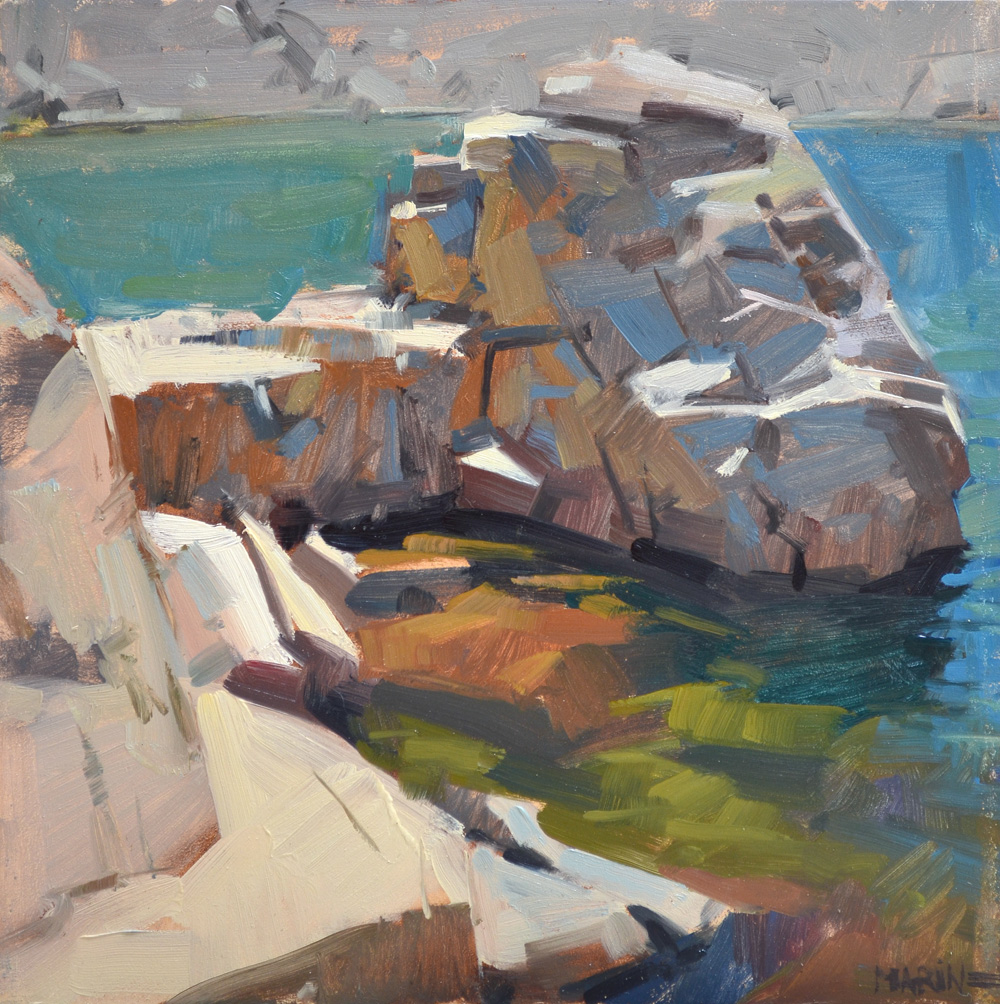
Marine points out that painting every day doesn’t just give you more practice. It also allows you to experiment more freely. Paint in a small format, and take chances. “When you paint every day, you do have those a-ha moments,” says the artist. “Maybe your revelation is to never do another one like that again, or maybe it gives you an idea. If you wait a week or a month to pursue that idea, you forget, so it’s like you are starting over again.”
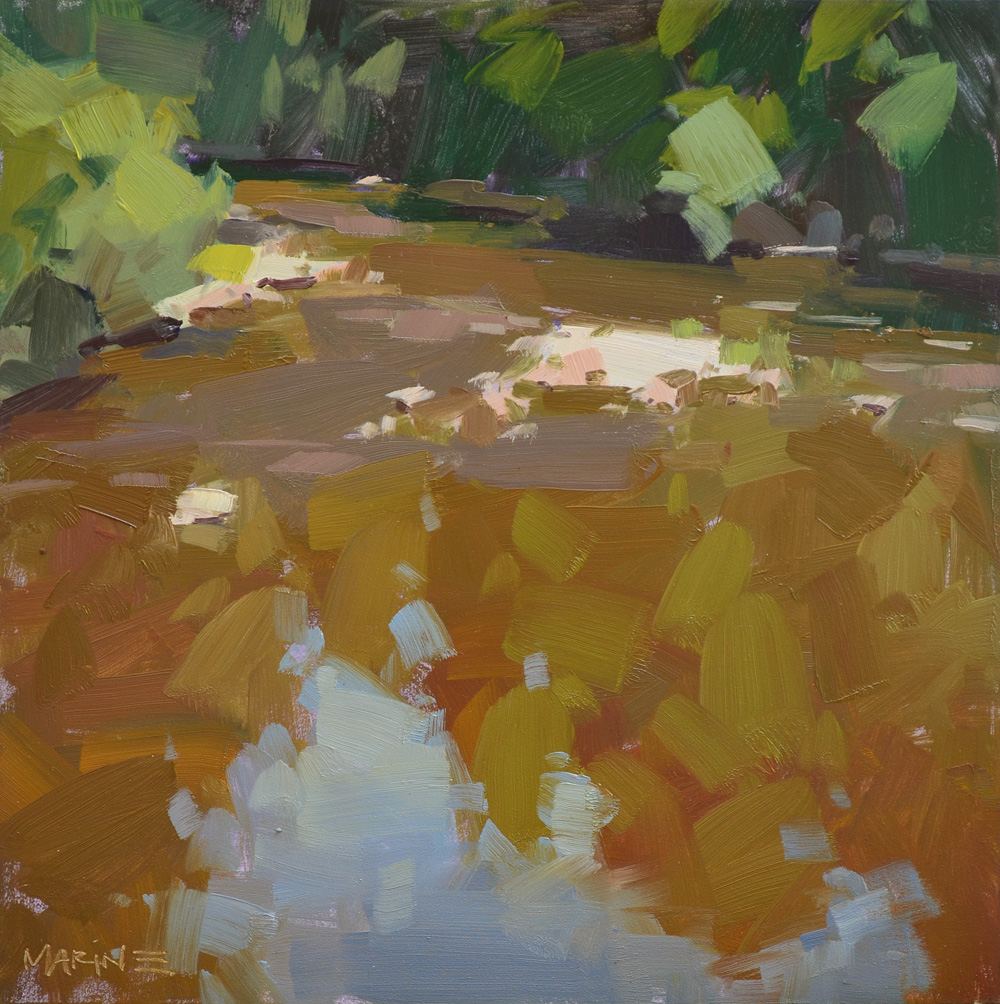
An artist can get into a rut painting every day, but it’s unlikely. If you do, Marine suggests taking a workshop or a class. Painting every day does mean going through a significant amount of art materials, but Marine suggests buying a large roll of primed canvas and cutting off small pieces to tape to a board. Although you still will go through a fair amount of paint, don’t skimp on how much you use on your paintings. “When you are learning, you have to do it, spend the money,” says Marine. “It’s like paying for classes, but you are teaching yourself.”
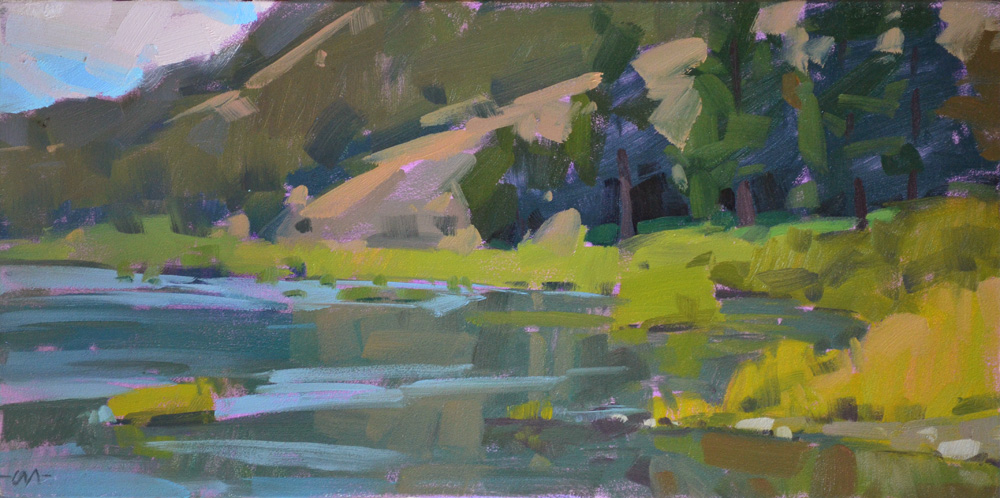
Marine is painting a demo at PACE, but it’s the exposure to all those artists that has her hyped. “I got so many ideas from the different presenters last year,” she says. “I was so energized when I got home. The biggest thing was seeing the processes that the other painters were using. They might start a painting in a different way, or think of it in a different way, or use a different brush. I came away from that with so many ideas. That’s what a convention will do for you.”
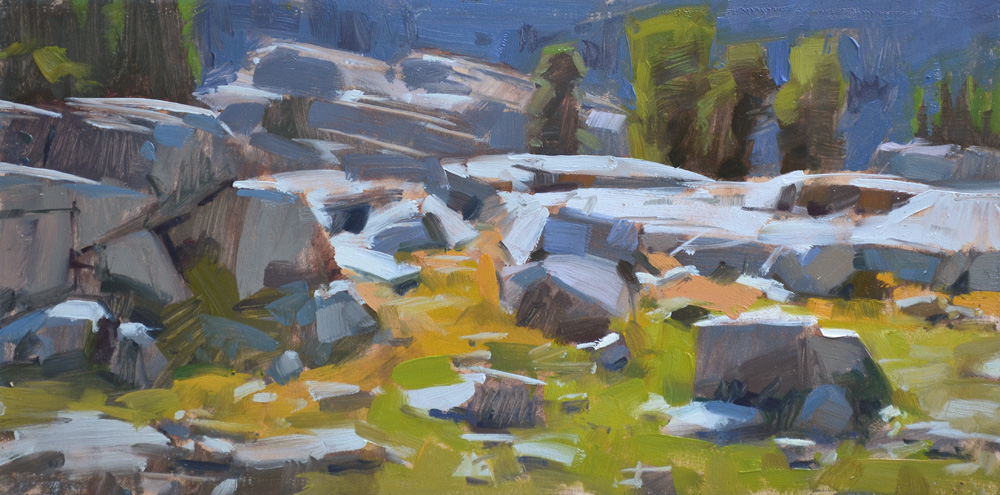
Marine will be instructing at the Plein Air Convention & Expo, which will be held April 24-28 in San Diego, California. Have you seen the list of faculty members that will be instructing participants? It includes Jeremy Lipking, Quang Ho, James Gurney, Charlie Hunter, and dozens more. The convention is already almost 90 percent filled. Go here to learn more and to register for PACE.



